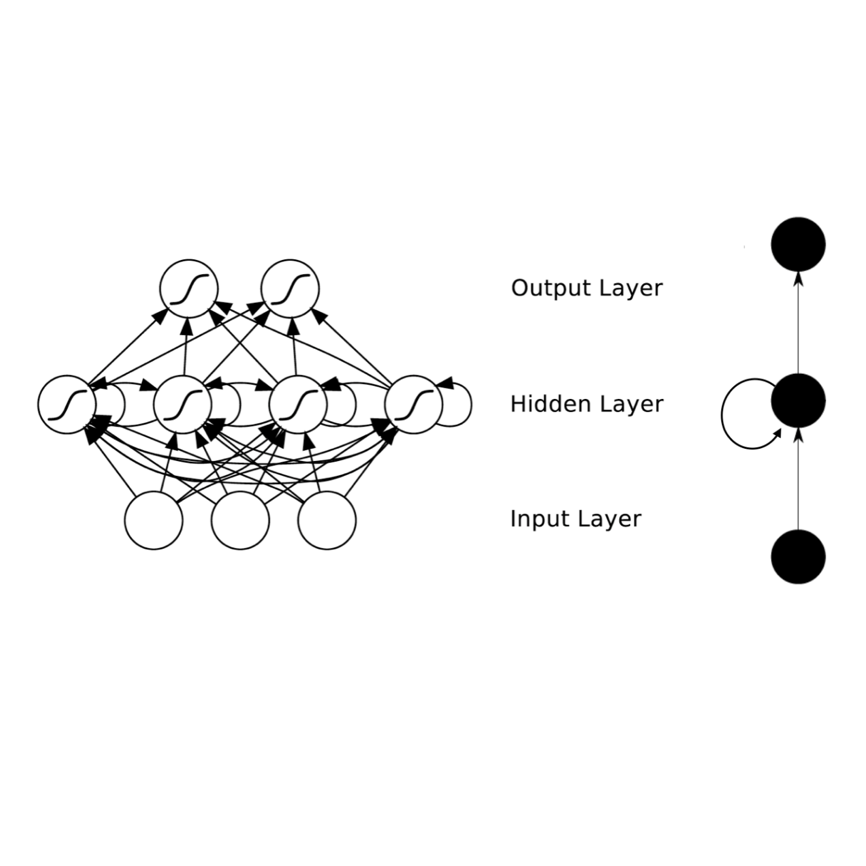Shape and pose estimation is a critical perception problem for a self-driving car to fully understand its surrounding environment. One fundamental challenge in solving this problem is the incomplete sensor signal (e.g., LiDAR scans), especially for faraway or occluded objects. In this paper, we propose a novel algorithm to address this challenge, we explicitly leverage the sensor signal captured over consecutive time: the consecutive signals can provide more information of an object, including different viewpoints and its motion. By encoding the consecutive signal via a recurrent neural network, our algorithm not only improves shape and pose estimation, but also produces a labeling tool that can benefit other tasks in autonomous driving research. Specifically, building upon our algorithm, we propose a novel pipeline to automatically annotate high-quality labels for amodal segmentation on images, which are hard and laborious to annotate manually. Our code and data will be made publicly available.
翻译:形状和形状估计是自我驱动汽车充分了解周围环境的关键认识问题。 解决这一问题的一个基本挑战是传感器信号不完整(如LIDAR扫描),特别是远方或隐蔽物体的传感器信号(如LIDAR扫描 ) 。 在本文中,我们提出了应对这一挑战的新型算法。 在本文中,我们明确利用连续时间所捕捉的传感器信号:连续信号可以提供更多关于一个物体的信息,包括不同观点及其运动。通过一个经常性神经网络对连续信号进行编码,我们的算法不仅能改善形状和显示估计,而且还能产生一个标签工具,有利于自主驱动研究中的其他任务。具体地说,在我们的算法的基础上,我们建议建立一个新型管道,自动注解高品质的标签,用于对图像进行调制式分割,这些图像对手动说明来说既难又费力。我们的代码和数据将被公开。




